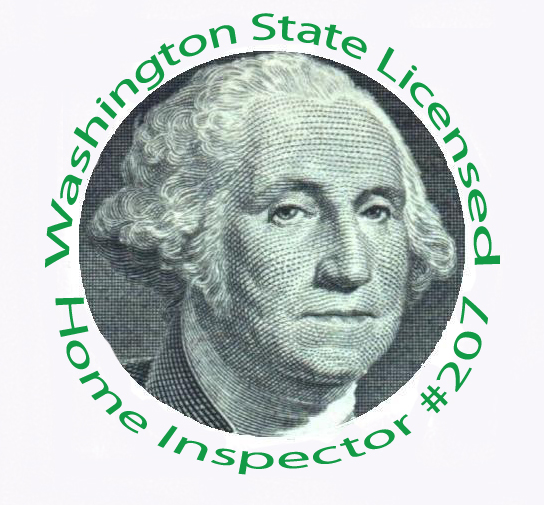When I do home inspections in Bellingham and Whatcom County, assuming the water heater is functioning, I take a reading of the hot water temperature as the water comes out the tap. The hottest I have found so far was 165 degrees F in a rental unit in Ferndale that was occupied by a young couple and their seven-week old infant. Water that is too hot is dangerous and it can be lethal given unfortunate circumstances. I casually knew a business man in Great Britain. I learned that he passed away. He had been on vacation in another European country and, while showering, he was seriously burned. The man was older, he could not move very fast, and two things took place (1) the water in the hotel was set very hot (150 degree range); (2) the hot and cold valves were reversed so what he thought was the cold position was the hot. This man survived that incident, with a stay in the hospital for burns, but he passed away only a few months later. His family issued a release that said that this man never recovered from the burns and that they precipitated his death. I tell people about the risks of water temperatures set over 120 degrees F. But I saw a manufacturer's tag on a water heater the other day that I thought was excellent. It was pasted so that anyone setting the thermostat would see it. The chart showed how exponentially more dangerous water becomes as it exceeds a setting of 120 degrees F. It is a surprise to many that the time difference for a scalding burn, between 120 degrees and 130 degrees F, is a full 4 1/2 minutes. That 10 degrees is a nice safety net for those who set the water temperature at 120 degrees F. Below is a water temperature reading in a residence. In the circumstances above, I recommend that the water temperature be turned down to 120 degrees F and that, after adjusting, the clients should confirm a safe setting by running hot water in a glass and checking it with a simple meat thermometer. Adjusting the temperature on a gas hot water heater is easy -- use the dial on the front of the tank. An electric water heater typically involves removing the cover or covers over the thermostats. Live wiring is exposed under those covers so there is some doubt as to whether or not these settings should be attempted by the average homeowner. Whomever ends up adjusting the thermostat(s) at an electric tank, if there are two elements and two thermostats, the thermostats need to both be set the same. You do not want one set hot and the other set cool. Thanks for stopping by, Steven L. Smith





Comments(9)